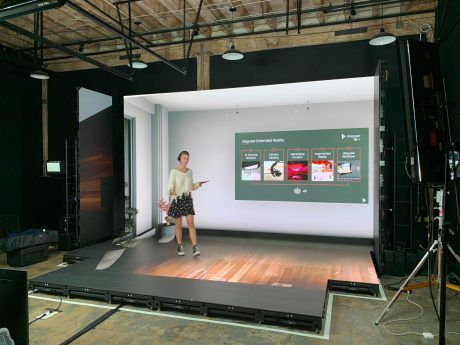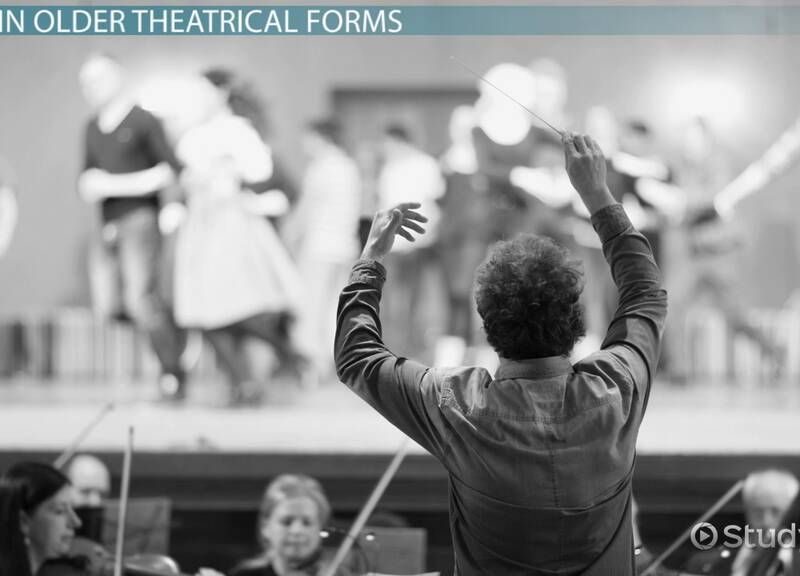In recent years, technology has revolutionized the way we consume entertainment. From streaming services to virtual reality, the rise of digital platforms has opened up new possibilities for the world of theater. Virtual productions are paving the way for a new era of immersive storytelling, offering audiences a unique and interactive experience unlike anything seen before.
The Impact of Virtual Productions
Virtual productions allow audiences to step inside the world of a play or musical, experiencing the action up close and personal. With the use of cutting-edge technology, actors can perform in a virtual environment, creating a seamless blend of live performance and digital effects. This innovative approach not only enhances the visual and auditory experience but also opens up a world of possibilities for creative storytelling.
Breaking Barriers
One of the key advantages of virtual productions is their ability to transcend physical limitations. Audiences no longer need to be in the same location as the performers to enjoy a live show. Virtual productions can be accessed from anywhere in the world, breaking down geographical barriers and allowing theaters to reach a global audience. This opens up new opportunities for collaboration and creativity, bringing together artists and audiences from different cultures and backgrounds.
The Future of Theater Technology
As technology continues to advance, the future of theater looks brighter than ever. Virtual and augmented reality are becoming more sophisticated, offering new ways to engage audiences and enhance their experience. Artificial intelligence and machine learning are also playing a role in creating more personalized and interactive theater experiences. The possibilities are endless, and the only limit is our imagination.
Challenges and Opportunities
While virtual productions offer exciting new possibilities for theater, there are also challenges to overcome. Technical issues, such as latency and connectivity issues, can impact the quality of the audience’s experience. Additionally, there are concerns about the impact of virtual productions on traditional theater spaces and the livelihood of live performers. However, with careful planning and innovation, these challenges can be addressed, and virtual productions can coexist alongside traditional theater in harmony.
Conclusion
The future of theater is bright, thanks to the innovative possibilities offered by virtual productions and advanced technologies. As we embrace this new era of storytelling, the boundaries of creativity and imagination are expanding, offering audiences a richer and more immersive theater experience. Virtual productions are just the beginning – the future holds even more exciting developments that will continue to redefine the way we experience theater.


